Environment
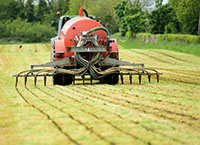
Summer nitrogen usage, clover and slurry
Summer nitrogen usage, clover and slurry Recent rain, recovering grass growth rates and good clover content mean farmers need to focus on maximising nitrogen (N) utilisation across the farm, Teagasc Climate Action and Sustainability Advisor, Liz Duffy shares some key tips. In this article, I will focus on knowing your N allowance, […]
10 June 2025

Farmers’ views: Courage needed to lower emissions
0 Farmers’ views: Courage needed to lower emissions Just two of the many farmers leading the way on Ireland’s journey to lower agricultural greenhouse gas emissions, John Walsh and Edwin Thompson illustrated why courage and adaptability are key to sustainable farming in today’s world. As part of the Department of Agriculture, Food and […]
9 June 2025
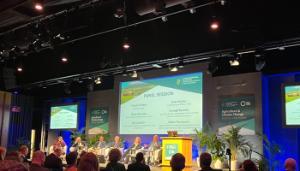
Farmer buy-in key to ag emissions journey
0 Farmer buy-in key to ag emissions journey The vital role farmers play in meeting Ireland’s binding agricultural emissions reduction targets was a key topic of discussion at the Department of Agriculture, Food and the Marine’s Climate Change: Science into Action Conference, held in Dublin Castle on June 5. Although much of the […]
9 June 2025
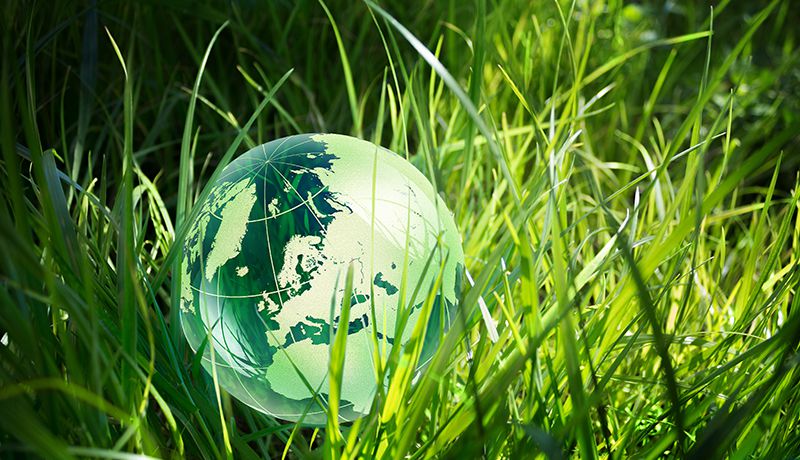
Regional Collaboration Key to Unlocking Ireland’s Bioeconomy Potential
0 Regional Collaboration Key to Unlocking Ireland’s Bioeconomy Potential The bioeconomy supports Ireland’s climate goals, biodiversity, and regional jobs. Progress includes the Bioeconomy Action Plan 2023–2025 and updated Planning Framework, but stronger integration into local and regional plans is still needed. The bioeconomy plays a vital role in meeting Ireland’s climate targets, supporting […]
8 June 2025

‘Undies the surface’
0 ‘Undies the surface’ Unlike your typical cereal or legume crop, Signpost Tillage farmer, Darren Allen has ‘planted’ a novel ‘crop’ that he hopes will provide useful insights into the soil health on Ballymaloe Farm, Ballymaloe, Shanagarry, Co. Cork. The other day, along with my Teagasc Advisor and in preparation for a joint […]
6 June 2025

Addressing the intricate relationship between agriculture and climate change
0 Addressing the intricate relationship between agriculture and climate change The intricate relationship between agriculture and climate change was addressed by leading international scientists, policymakers and agri-food sector stakeholders at a major conference hosted by the Department of Agriculture, Food and the Marine in Dublin, today, June 5. “Today’s conference is about building […]
5 June 2025
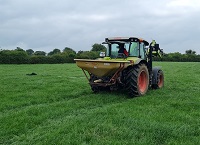
Protecting farm fertiliser nitrogen for farm productivity
0 Protecting farm fertiliser nitrogen for farm productivity Making the switch to protected urea delivers costs savings, more grass from less nitrogen, reduced farm emissions and more, Specialist on the Teagasc Signpost Programme, Mark Plunkett delves into some of the key benefits. Urea fertiliser is the most widely used nitrogen (N) source in […]
5 June 2025
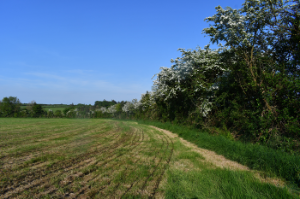
Can a simple calendar help farmers tackle climate change?
0 Can a simple calendar help farmers tackle climate change? In a recent RTÉ Brainstorm article, Niamh Dunphy, Teagasc PhD student, discussed an agri-climate calendar with easy-to-follow advice and tips that can give farmers clear and practical climate steps to take throughout the year. Over the last decade, climate change is a phrase that has […]
3 June 2025
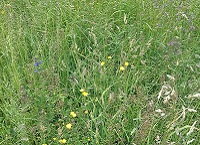
Exciting speakers lined up for Extensive Grassland Biodiversity Event
0 Exciting speakers lined up for Extensive Grassland Biodiversity Event Teagasc, in collaboration with The Heritage Council, is hosting an Extensive Grassland Biodiversity Event on Thursday, 12 June. Taking place over two venues: the Country Arms Hotel, Birr Co. Offaly from 10am to 1pm; and Birr Castle Demesne, Birr, Co. Offaly from 2pm […]
2 June 2025
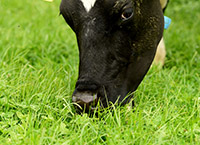
Help the environment and boost farm profits
0 Help the environment and boost farm profits Over 17,000 farmers are working with Teagasc’s Signpost Advisory Programme to reduce greenhouse gas emissions, Tom O’Dwyer, Head of Teagasc Signpost Programme, and George Ramsbottom, Teagasc Signpost Advisory Programme Manager, tells us more. The Teagasc Signpost Programme has three parts. Firstly, a network of 125 […]
1 June 2025
